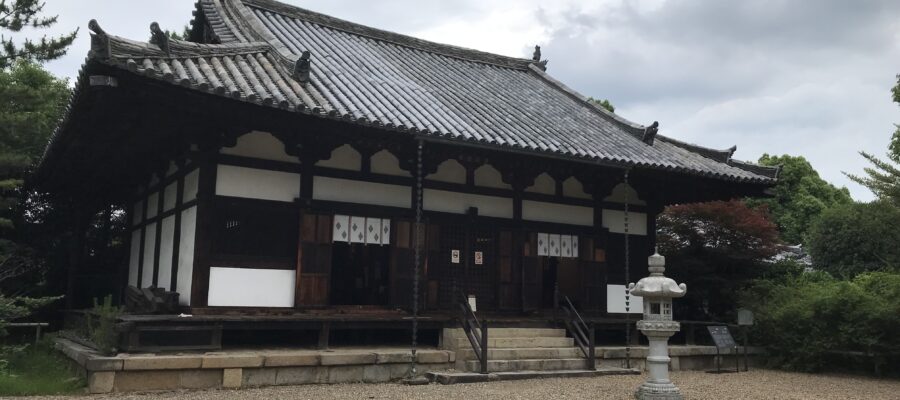玄昉が住持をつとめた寺
平城京に都が移された際に、藤原不比等の邸宅が存在した一角に、土師氏ゆかりの寺院がありました。そこを遣唐留学僧として唐に渡って帰国した玄昉が住まいとして、最新の仏教・仏法を我が国に伝えました。玄昉は帰国の航海中、南シナ海で暴風雨に遭遇しますが、海龍王経を一心に唱えたことで九死に一生を得て、種子島に漂着し、平城京に戻りました。
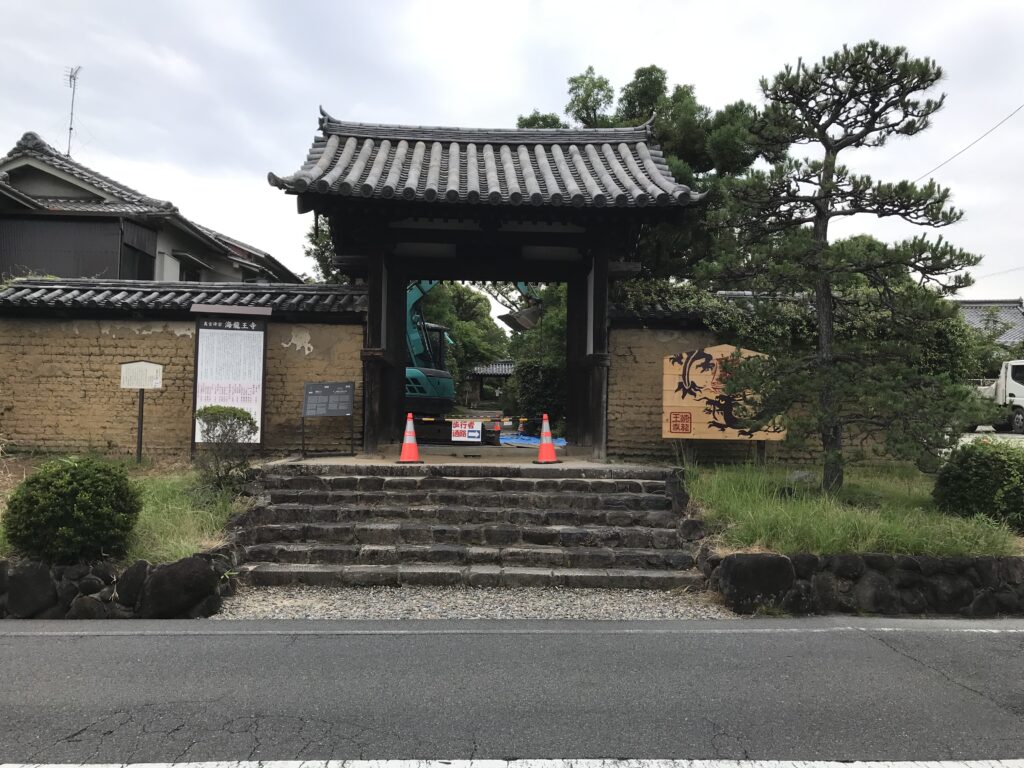
訪問当日は、道路に面した表門の辺りを工事中であったため、駐車場の横の入口から入りました。境内に続く門は、いかにもさびれた感じがします。都が平安京に移ったのち、奈良の都ともども、このお寺も衰退したそうです。ある書物で読んだのですが、玄昉は約5,000冊の経典を持ち帰ったそうです。当時は印刷技術も存在しなかったので、すべて書写だと考えられ、誰かにやらせたとしても、相当の労力が必要であったと思われます。
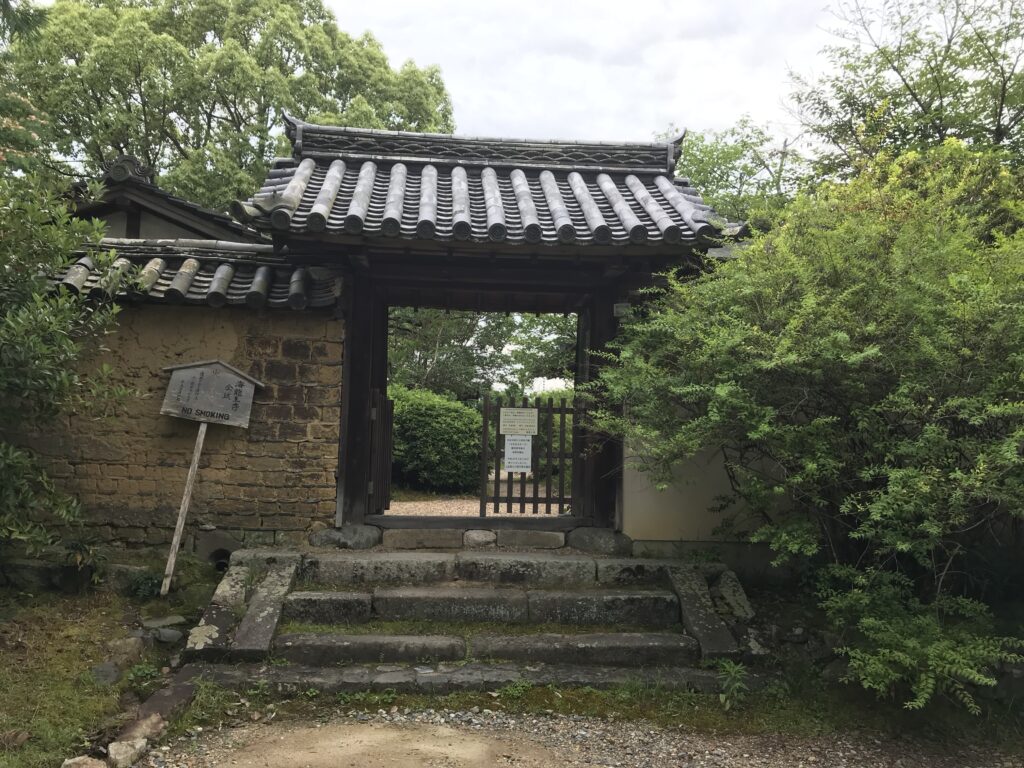
容姿端麗な十一面観音菩薩
境内に進むと、本堂と西金堂のある場所に出ます。本堂には、今回の訪問の目的である十一面観音菩薩立像があります。特別開帳の期間を除いて、通常は戸帳越しの公開です。当日は、本堂でお参りしていたのは私一人でしたので、戸帳越しとは言え、間近でじっくりとお姿を拝見できました。撮影禁止なので、写真は同寺のホームページを参考いただきたいと思います。それほど大きな仏像ではありませんが、容姿端麗とは正にこの仏像のことだと感じます。是非一度見ていただきたい仏像です。これはいいです!
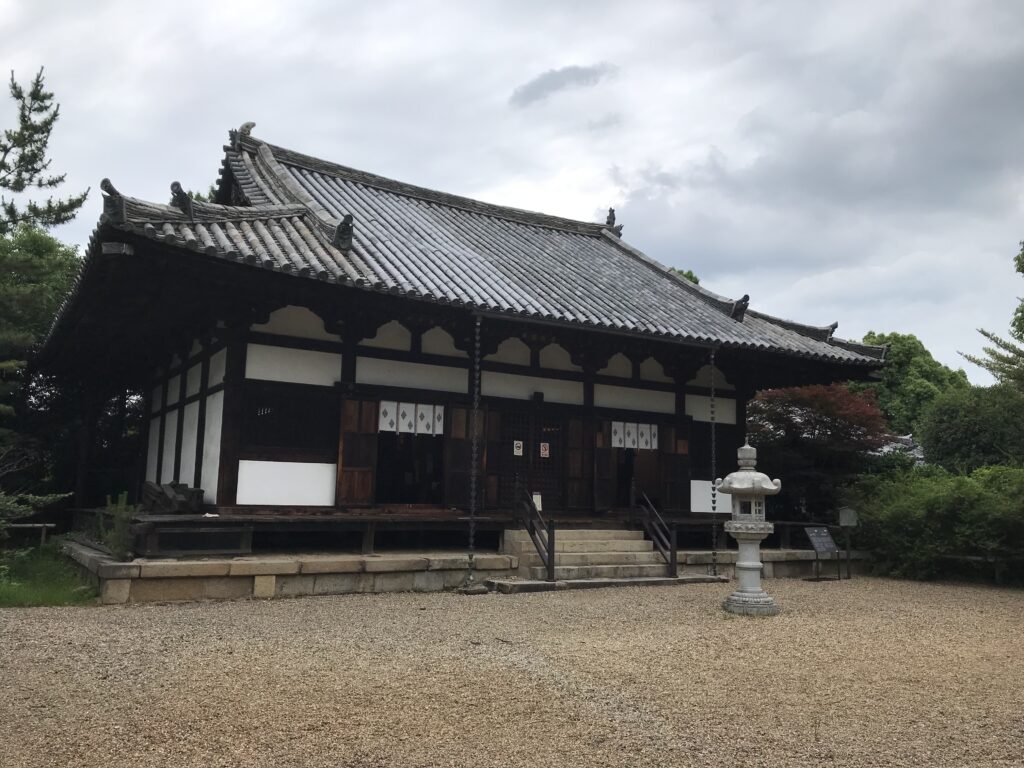
五重小塔は国宝
西金堂の中には小さな五重小塔があります。この西金堂は鎌倉時代に修理されたとはいえ、創建当時の建物で、奈良時代から存在しています。中にある五重小塔も実は国宝に指定されている貴重なものでした。(完)
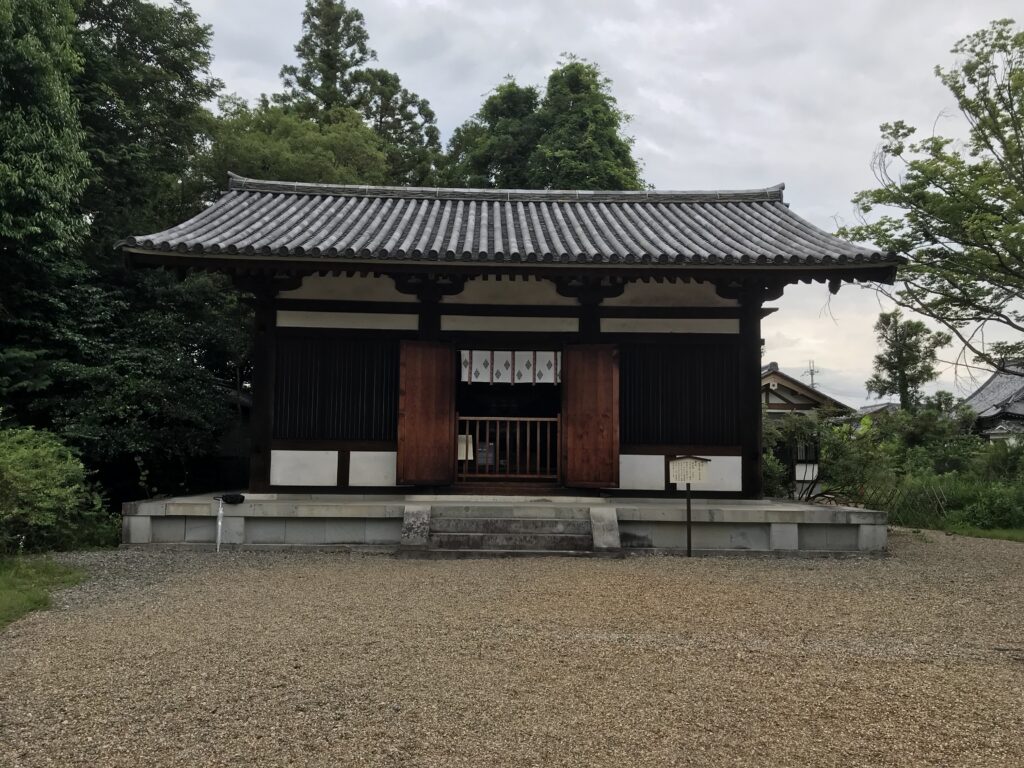
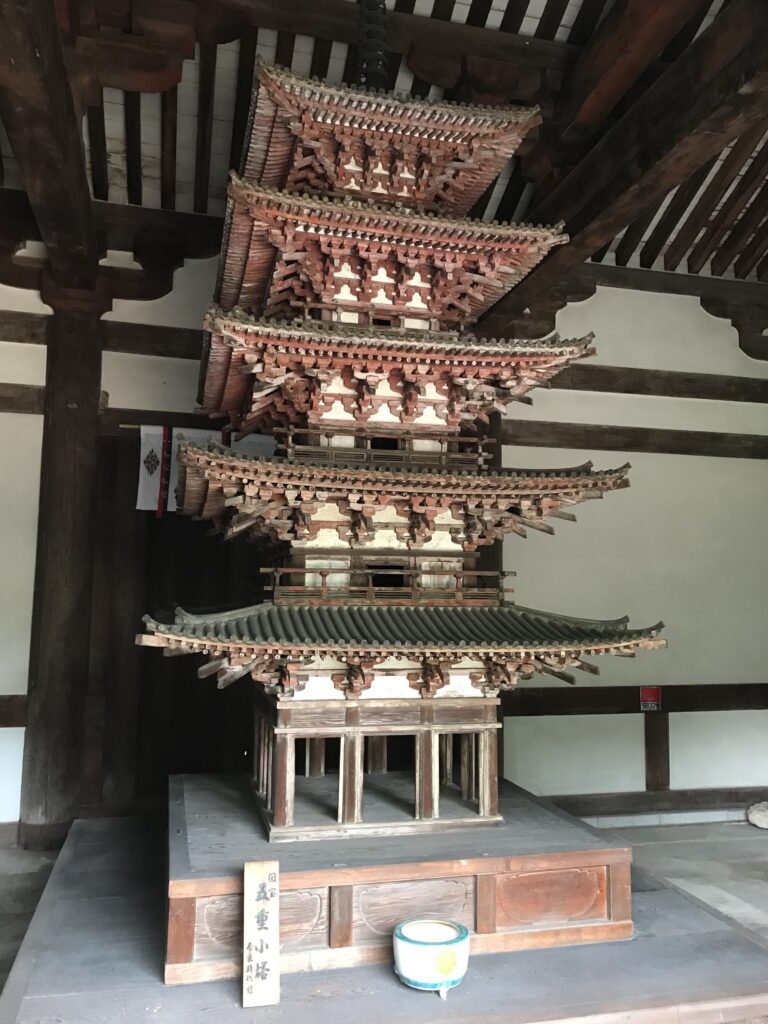
海龍王寺の御朱印
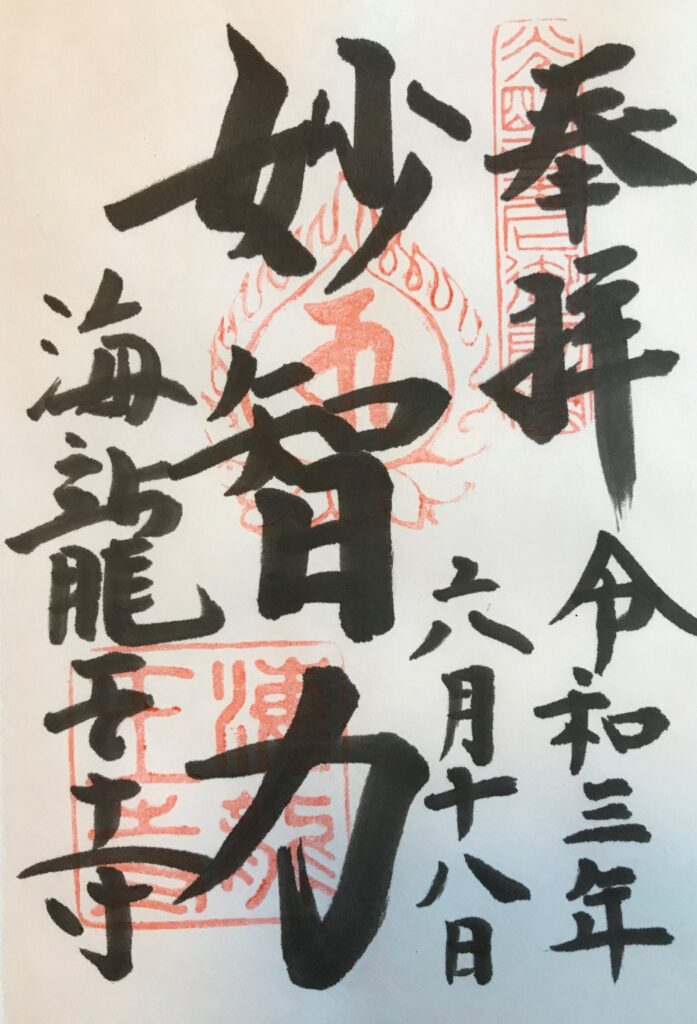
海龍王寺が紹介されている書籍
エルマガMOOK発行の「関西の仏さま」に海龍王子の十一面観音菩薩立像が紹介されています。
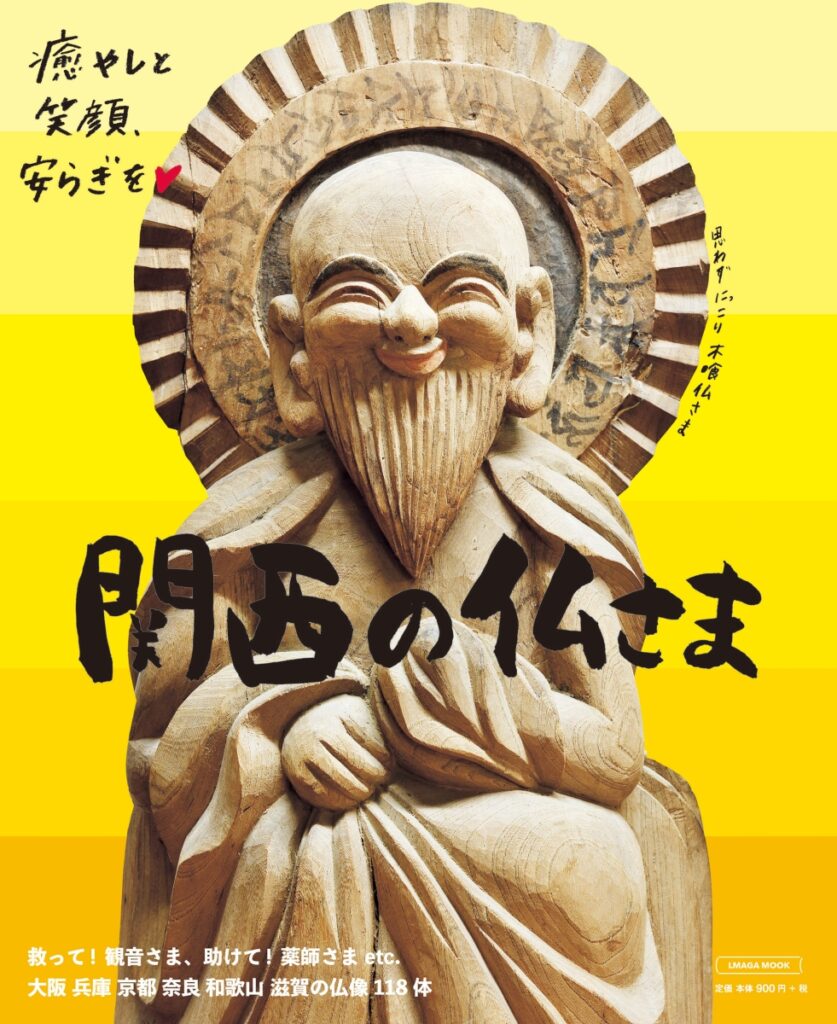
価格:990円
(2021/6/22 11:49時点)
感想(0件)
Kairyuo-ji Temple
When the capital was moved to Heijo-kyo (Nara), a temple related to the Haji clan was located in the corner where the residence of Fujiwara no Fuhito was located. This was the residence of Genbou, who returned to Japan after traveling to Tang China as an exchange student monk, and introduced the latest Buddhism and Buddhist teachings to Japan. On his return voyage, Genbou encountered a storm in the South China Sea, but he chanted the Kairyuu-o Sutra with all his heart, which led to his death, and he drifted to Tanegashima Island and returned to Heijo-kyo.
On the day of our visit, the area around the front gate facing the road was under construction, so we entered through the entrance next to the parking lot. The gate leading to the temple grounds looked deserted. After the capital moved to Heian-kyo (Kyoto), this temple also declined along with the capital of Nara. I read in a book that Genbou brought back about 5,000 sutras. Since printing technology did not exist at that time, it is thought that all of the sutras were transcribed, and even if someone had done it, it would have required a great deal of labor.
Proceeding to the precincts of the temple, you will come to the main hall and the Nishikondo. In the main hall is a standing image of the eleven-faced Kannon (Goddess of Mercy), the object of our visit. Except during special openings, the statue is usually open to the public through a doorway. On the day of my visit, I was the only visitor in the main hall, so I was able to see the statue up close and personal, even though it was behind a door. Photography is prohibited, so please refer to the temple’s website for photos. It is not a very large Buddha image, but I feel that it is exactly what is meant by the word “good-looking”. This is a Buddha image that you should definitely see. This is nice!
There is a small five-story small pagoda inside the Nishikondo. Even though this Nishikondo was repaired in the Kamakura period (1192-1333), it is the same building as when it was founded and has existed since the Nara period (710-794). The five-story small pagoda inside is actually also a valuable national treasure. (End)
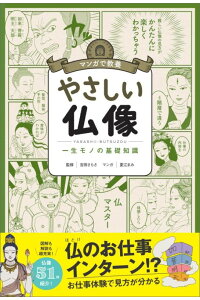
価格:1,320円
(2021/9/5 11:03時点)
感想(4件)
Le temple Kairyuo-ji
Lorsque la capitale fut déplacée à Heijo-kyo (Nara), un temple lié au clan Haji fut situé dans le coin où se trouvait la résidence de Fujiwara no Fuhito. Il s’agissait de la résidence de Genbou, qui est revenu au Japon après avoir voyagé dans la Chine des Tang en tant que moine étudiant en échange, et qui a introduit les derniers bouddhismes et enseignements bouddhistes au Japon. Lors de son voyage de retour, Genbou rencontra une tempête en mer de Chine méridionale, mais il psalmodia de tout son cœur le Kairyuu-o Sutra, ce qui entraîna sa mort. Il dériva vers l’île de Tanegashima et revint à Heijo-kyo.
Le jour de notre visite, la zone autour de la porte d’entrée donnant sur la route était en construction, nous sommes donc entrés par l’entrée située à côté du parking. La porte menant aux terrains du temple semblait déserte. Après le déplacement de la capitale vers Heian-kyo (Kyoto), ce temple a également décliné en même temps que la capitale de Nara. J’ai lu dans un livre que Genbou a rapporté environ 5 000 sutras. Comme la technologie de l’imprimerie n’existait pas à cette époque, on pense que tous les sutras ont été transcrits, et même si quelqu’un l’avait fait, cela aurait demandé beaucoup de travail.
En pénétrant dans l’enceinte du temple, vous trouverez le hall principal et le Nishikondo. Dans le hall principal se trouve une image debout de la Kannon (déesse de la miséricorde) à onze visages, objet de notre visite. Sauf lors d’ouvertures spéciales, la statue est généralement ouverte au public par une porte. Le jour de ma visite, j’étais le seul visiteur dans le hall principal, ce qui m’a permis de voir la statue de près, même si elle se trouvait derrière une porte. Les photos sont interdites, veuillez donc vous référer au site Web du temple pour les photos. Ce n’est pas une très grande image de Bouddha, mais j’ai l’impression que c’est exactement ce que l’on entend par le mot “beau”. C’est une image de Bouddha que vous devriez absolument voir. C’est beau !
Il y a une petite pagode à cinq étages à l’intérieur du Nishikondo. Même si ce Nishikondo a été réparé pendant la période Kamakura (1192-1333), il s’agit du même bâtiment que lors de sa fondation et il existe depuis la période Nara (710-794). La petite pagode à cinq étages qui se trouve à l’intérieur est en fait aussi un précieux trésor national. (Fin)
